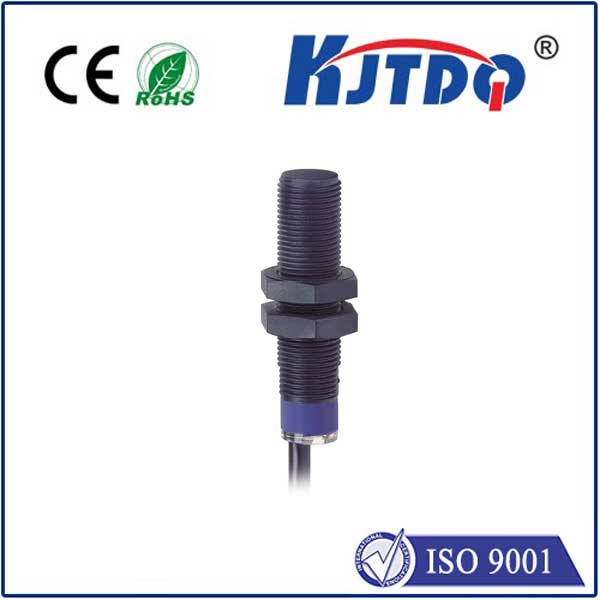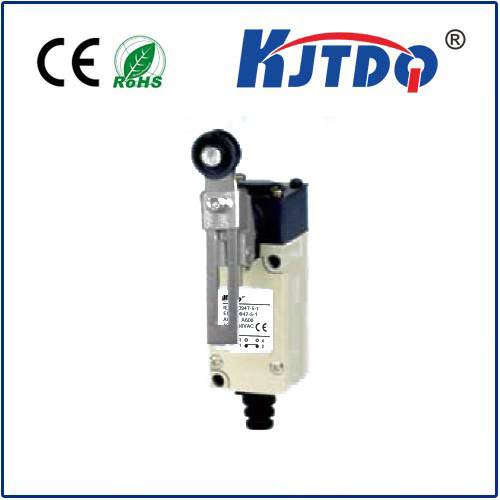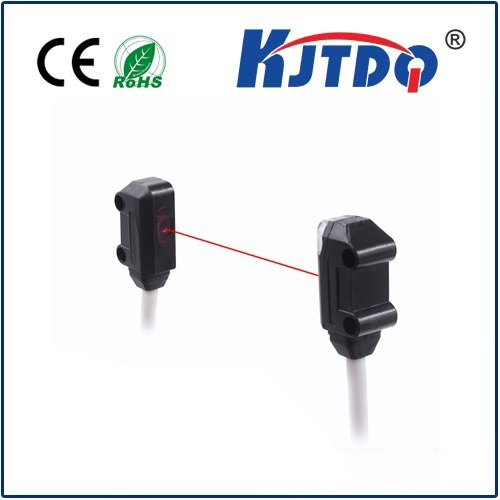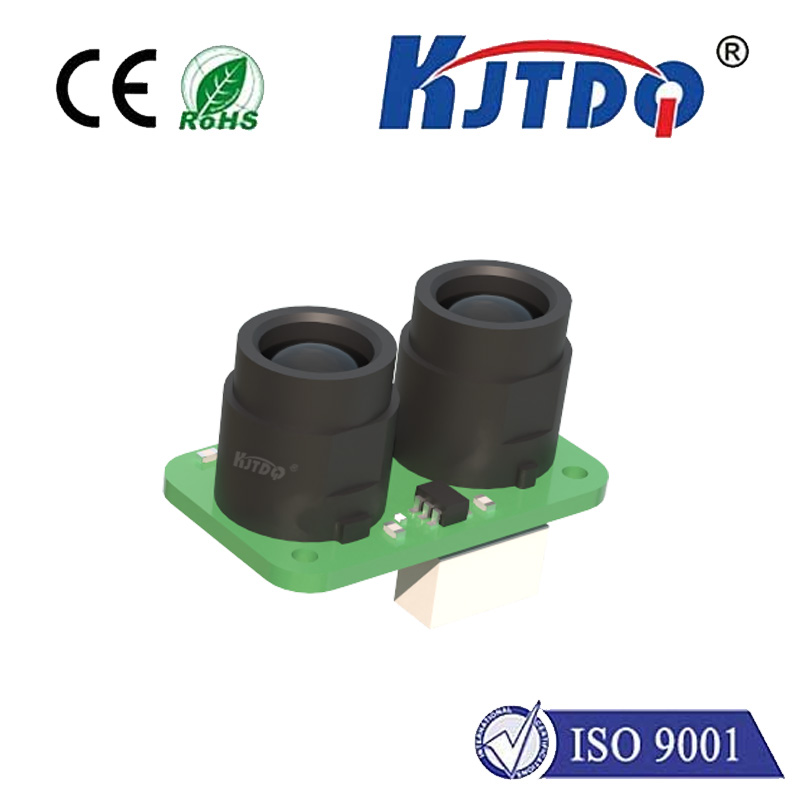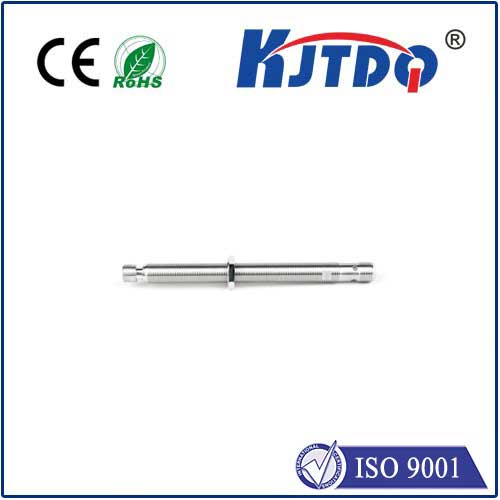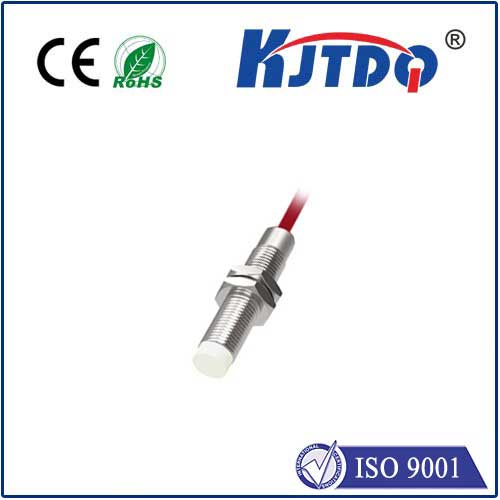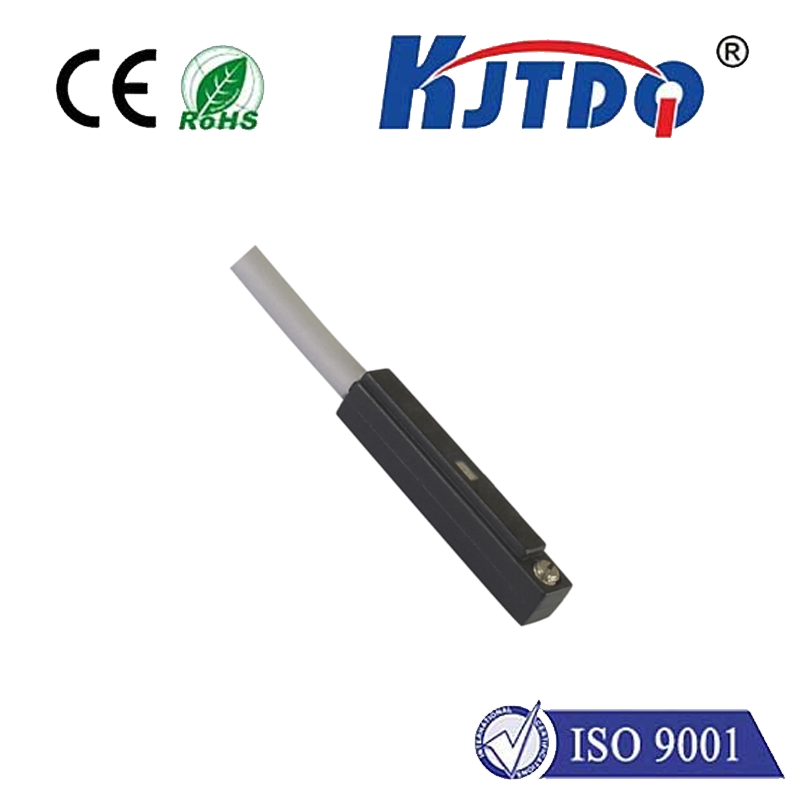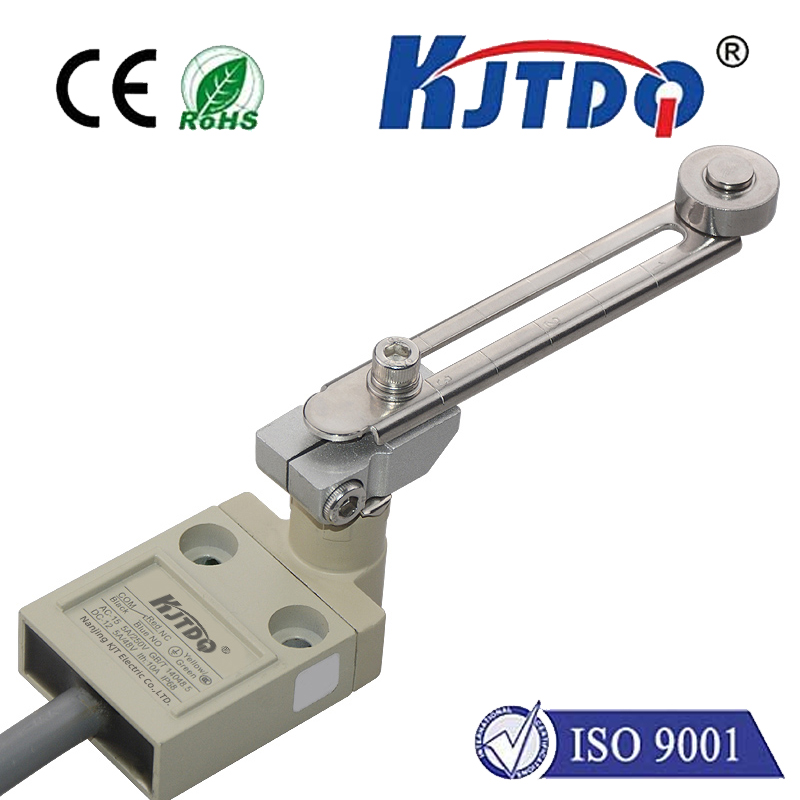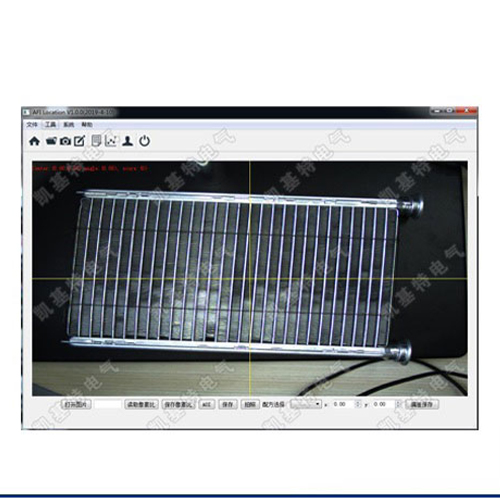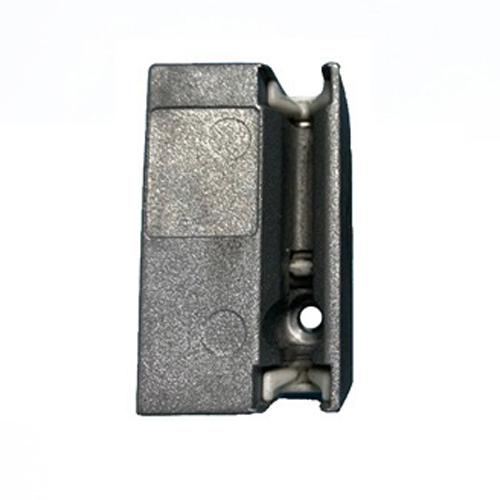

check

check

check

check

check

check

check

check

check

check
Title: Proximity Sensor Limit Switch: Revolutionizing Industrial Automation
Introduction:
In the realm of industrial automation, technology has been a driving force behind significant improvements in efficiency and safety. One such innovation is the proximity sensor limit switch, which has significantly transformed various industrial processes. This article aims to provide an in-depth understanding of the working principle, applications, and benefits of proximity sensor limit switches.
Section 1: Proximity Sensor Limit Switch: A Brief Introduction
A proximity sensor limit switch is a type of electronic switch that detects the presence or absence of an object or person within a specified distance. These switches are widely used in industrial settings, including manufacturing, logistics, and transportation, due to their high accuracy, reliability, and ease of use.
The working principle of a proximity sensor limit switch involves the use of infrared (IR) or ultrasonic sensors. When an object comes within the sensing range of the sensor, it triggers an electric signal, which activates the switch. The switch can be in two states: open or closed. When the object is detected, the switch closes, blocking the flow of control signals to the associated machinery. Conversely, when the object is removed from the sensing range, the switch opens, allowing control signals to resume operation.
Section 2: Applications of Proximity Sensor Limit Switches
Proximity sensor limit switches have numerous applications in industrial automation, some of which include:
a). Conveyor Systems: These switches are commonly used in conveyor systems to prevent accidents caused by equipment malfunctions or human error. By detecting when a person or object is obstructing the conveyor belt, these limits switches can trigger an automatic stoppage of the conveyor, ensuring the safety of employees and equipment.
b). Material Handling Equipment: Proximity sensor limits switches are also used in material handling equipment such as cranes, forklifts, and loaders to prevent collisions and ensure smooth operations. These switches help operators to maintain proper clearance between machines and personnel while performing tasks.
c). Packaging and Assembly Lines: In packaging and assembly lines, proximity sensor limits switches are utilized to regulate the movement of robots and other automated devices. By detecting when obstacles are present, these switches allow for more precise and efficient robot movements, improving overall productivity.
d). Safety Interlocks: Proximity sensor limits switches are also employed as safety interlocks in hazardous areas where human intervention is not recommended. These switches can automatically shut off power sources or trigger emergency stoppages when triggered by personnel wearing appropriate safety gear.
Section 3: Benefits of Proximity Sensor Limit Switches
Proximity sensor limit switches offer several benefits over traditional mechanical switches in industrial automation settings:
a). Increased Accuracy: Proximity sensor limits switches rely on advanced sensing technologies such as IR and ultrasonic sensors to detect objects accurately within a specific range. This higher level of accuracy reduces the risk of false positives or negatives, improving overall system performance.
b). Enhanced Reliability: Proximity sensor limits switches are designed to operate continuously without fail, reducing downtime and increasing operational efficiency. These switches also feature robust construction and reliable components, ensuring they can withstand harsh industrial environments.
c). Ease of Installation: The simplicity of installing proximity sensor limits switches makes them an attractive choice for many industries due to their low maintenance requirements. These switches can be easily mounted on machinery or infrastructure, requiring minimal effort and time.
d). Cost-Effective: Proximity sensor limits switches offer a cost-effective solution for industrial automation needs compared to other types of switch mechanisms. They require less space than conventional mechanical switches and have lower energy consumption rates, resulting in significant savings on operational costs over time.
